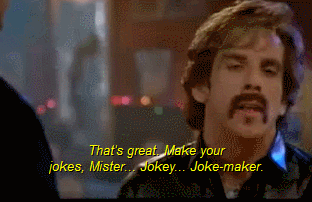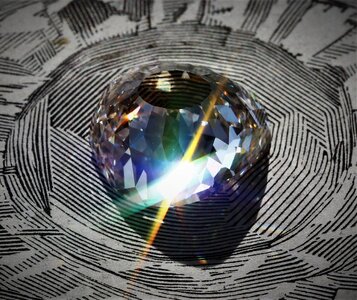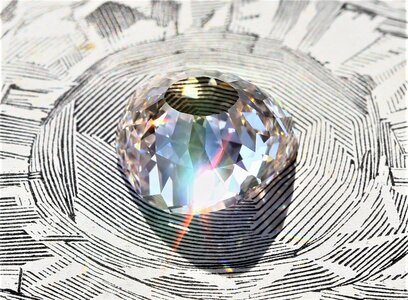- Joined
- Jun 4, 2020
- Messages
- 518
Diamond dispersion is NOT FIRE. Click for a hot explanation with illustrations - and learn why you may want WINDOW SEATS on a plane.

John Pollard published a new blog post.
Continue reading the Original Blog Post.

John Pollard published a new blog post.
Really?
Yes, really. If you love gemstones you'll want to know the difference.
May I ask why?
<img class="aligncenter wp-image-118930"...
Continue reading the Original Blog Post.
Last edited:










300x240.png)